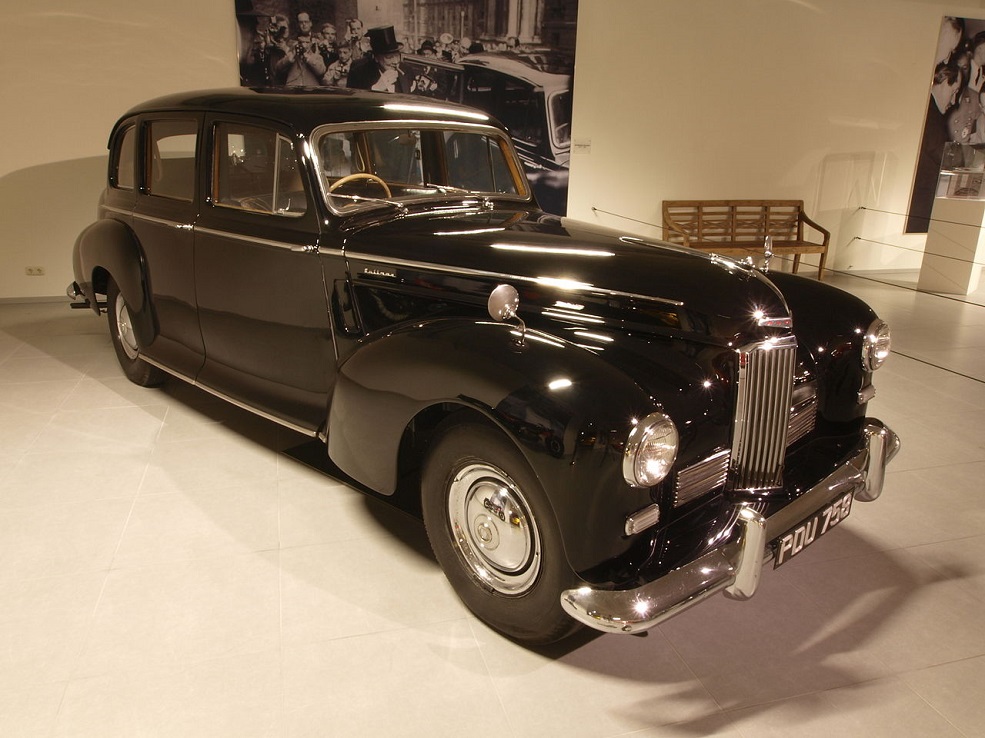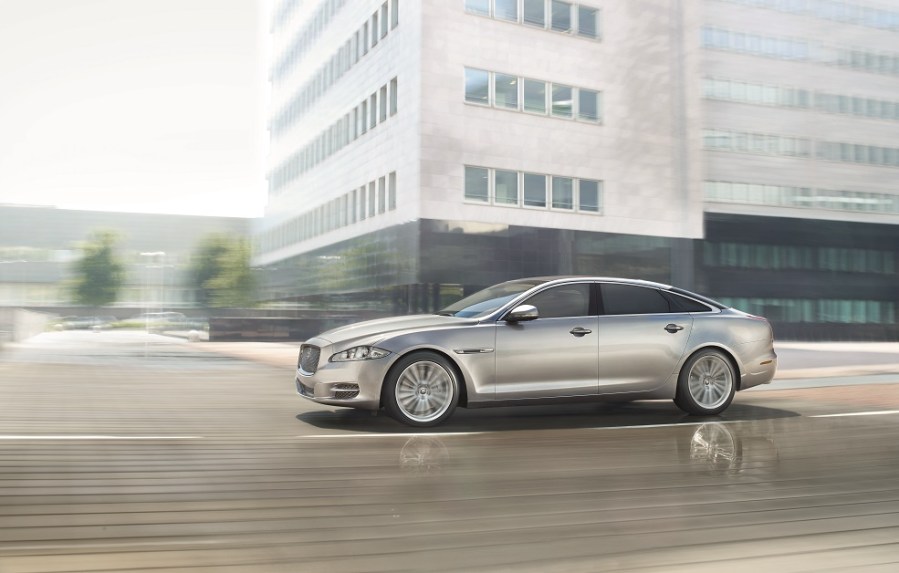The entire fleet of Government ministerial cars is to be all-electric by 2030, Chris Grayling has confirmed. The transport secretary has written to every government department to reinforce the pledge to move towards a 100 per cent electric fleet by 2030. Currently, electric vehicles make up nearly 23 per cent of the fleet, with the government pledging to electrify at least a quarter by 2022.
The Government Car Service (GCS) is managed by the Department for Transport (TfL) to provide a secure car service for ministers in government departments. It operates a fleet of around 90 cars, including British-built and low emission vehicles. The cars are managed by an in-house secure workshop.
Grayling said: “We want the UK to be the best place in the world to own an ultra-low emission vehicle, and as a government we have to lead by example.
“I am pleased with the change we are making to the Government Car Service, but this now needs to be reflected in all fleets that are controlled by government.”
The government plans to end the sale of new diesel and petrol cars and vans by 2040, and by changing its fleet, is seeking to encourage more people to drive ultra-low emission vehicles. But the government hasn’t always looked forward with its ministerial car pool – quite the opposite, in fact.

P5 legacy
Rewinding to previous generations, the vehicles were likely to hark back in time rather than look forward. A government car service had existed before and during the war as part of the war effort, but in 1952 it was formally renamed as the Government Car Service. The Prime Minister, the Foreign Secretary and Home Secretary got armoured Humber Pullmans during the ’50s, but the Suez Crisis meant the rest of the pool was made up of rather less thirsty Wolseley 18s. Then came the car that we automatically think of when we think of Downing Street – the Rover P5.
Harold Wilson was the first Prime Minister to enjoy the P5 in 3-Litre guise, while subsequent Prime Ministers, including Edward Heath, James Callaghan and Margaret Thatcher experienced the V8-powered P5B version. In complete contrast to the impending electric era, it’s been suggested – although not confirmed – that the Government Car Service acquired a batch of the last P5s to be produced and mothballed them for future use, bringing them out of storage as required over the next decade. Certainly this explains why the official Rovers still looked good into the 1980s.

The P5 couldn’t be used forever though and it’s Thatcher who is credited with switching from Rover to Jaguar, first using a Series III Daimler Double Six and then the XJ40. There was an explicitly Buy British policy at work in the Government Car Service during this era, and the Rover 800 would also become a familiar sight in Downing Street. By 1993, the formal list was that Cabinet Ministers and ex-Prime Ministers were entitled to a Rover Sterling, an 827 or any other 800-series model, while Ministers of State a few rungs down were entitled only to a Rover 416.
With the demise of the Rover 800, the Rover 75 was eventually adopted to take its place, but into the new millennium even the Buy British policy started to take a back seat to environmental pressures, which is why the Toyota Prius is now a familiar sight when a Cabinet Minister is pictured on official travel. Not for the PM though; the vehicles currently used are armoured, custom-built Jaguar XJ Sentinel supercharged 5.0 litre V8 models. What happens when the fleet goes fully-electric remains to be seen – retro-fitted plug-in P5B, anyone?




